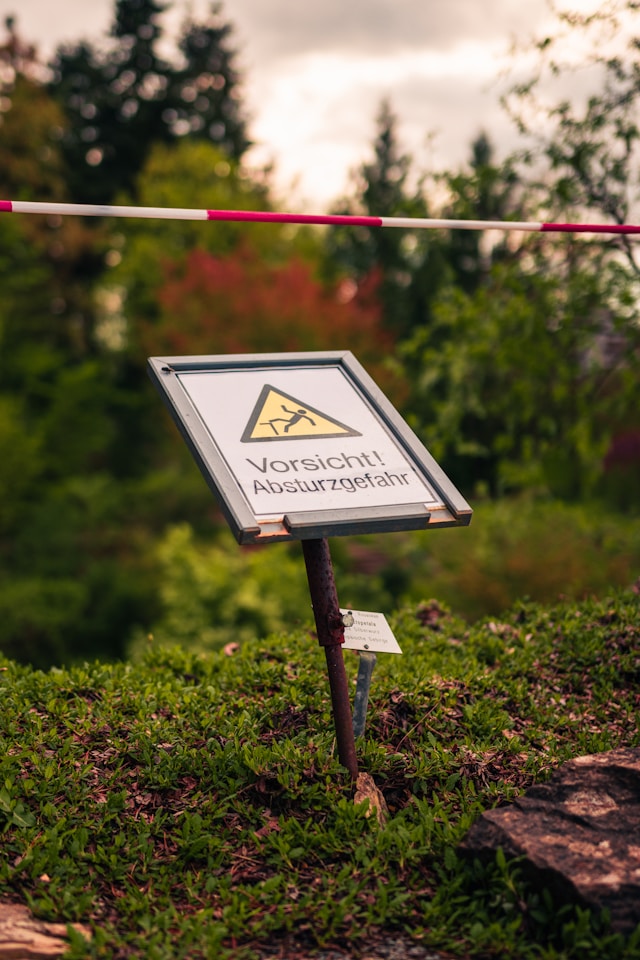Empower your teams with expert-led on-site/in-house or virtual/online RoHS (Restriction of Hazardous Substances) Training through nuancedu, a premier RoHS (Restriction of Hazardous Substances) training company for organizations globally. Our customized training program equips your employees with the skills, knowledge, and cutting-edge tools needed for success. Designed to meet your specific training needs, this RoHS (Restriction of Hazardous Substances) group training program ensures your team is primed to drive your business goals. Transform your workforce into a beacon of productivity and efficiency.
RoHS (Restriction of Hazardous Substances) is a set of regulations that limits the use of specific hazardous materials in electrical and electronic products, ensuring they meet strict environmental and safety standards. RoHS compliance is essential for organizations to avoid legal penalties, reduce environmental impact, and maintain access to global markets by ensuring that products meet regulatory standards for hazardous substances. RoHS (Restriction of Hazardous Substances) training course provides teams with the practical skills and regulatory insights needed to achieve, document, and maintain full RoHS compliance across product lines and supply chains.
nuancedu instructor-led RoHS (Restriction of Hazardous Substances) training course is designed in virtual, onsite, and offsite formats by industry experts with deep knowledge of regulatory compliance, restricted substances, and environmental safety standards. This course equips teams with the skills to implement, document, and sustain RoHS compliance, ensuring products meet regulatory requirements and minimize environmental risks.





